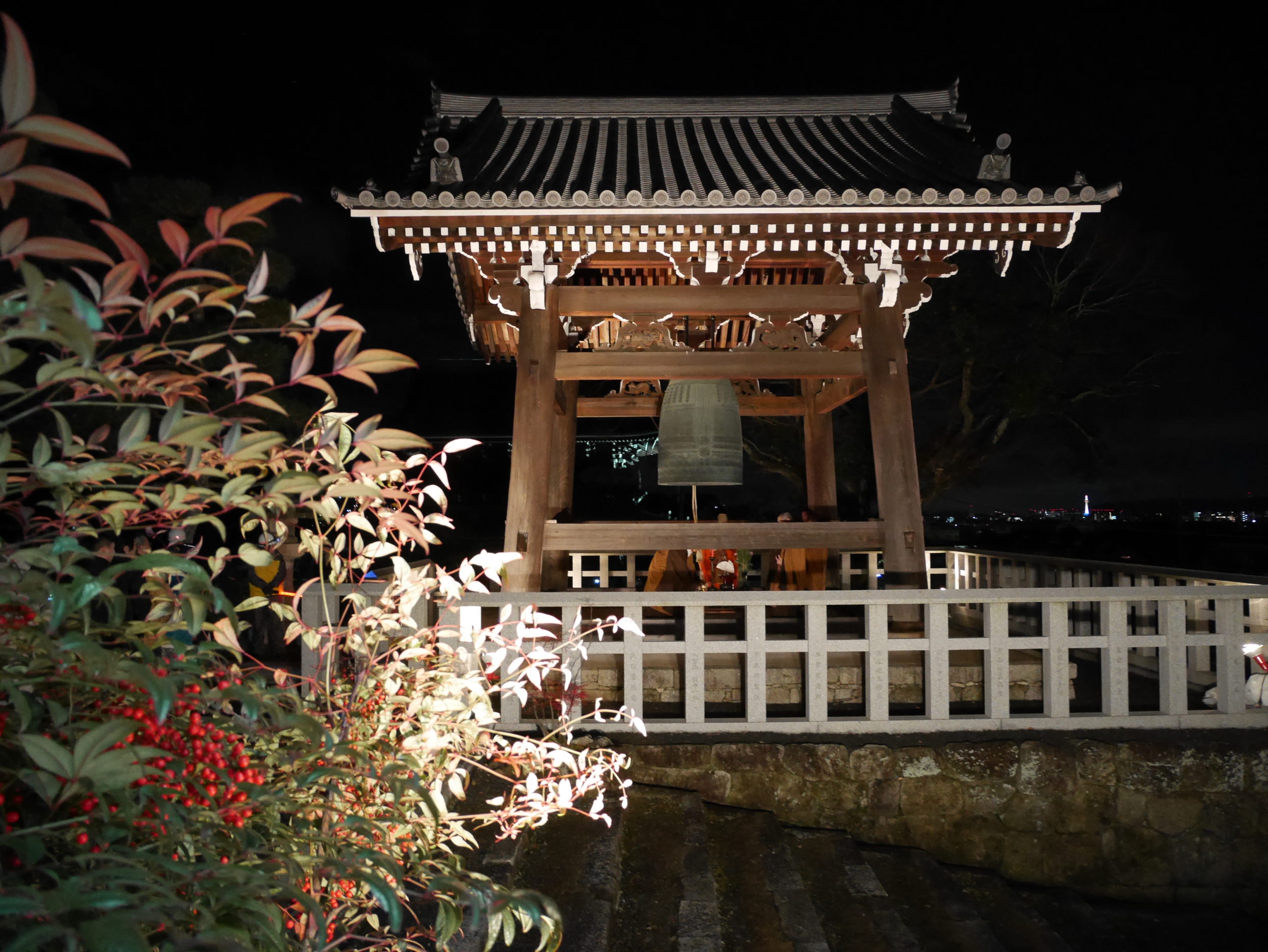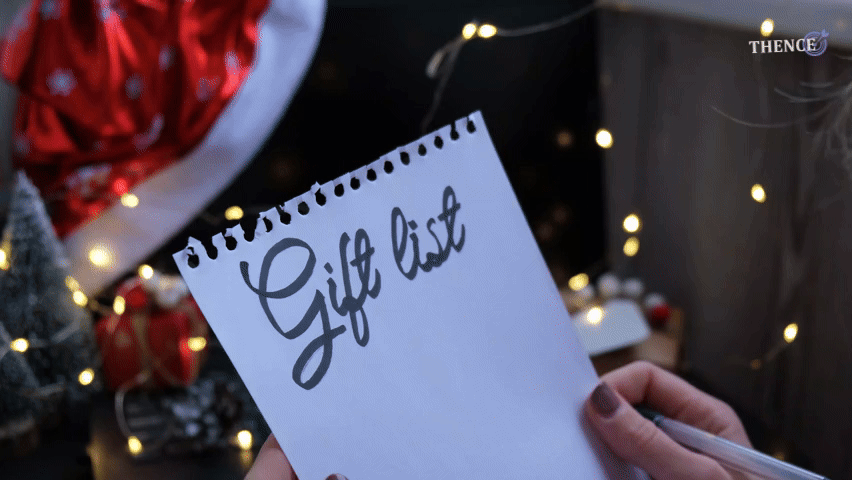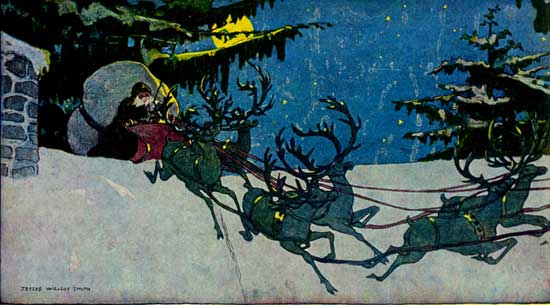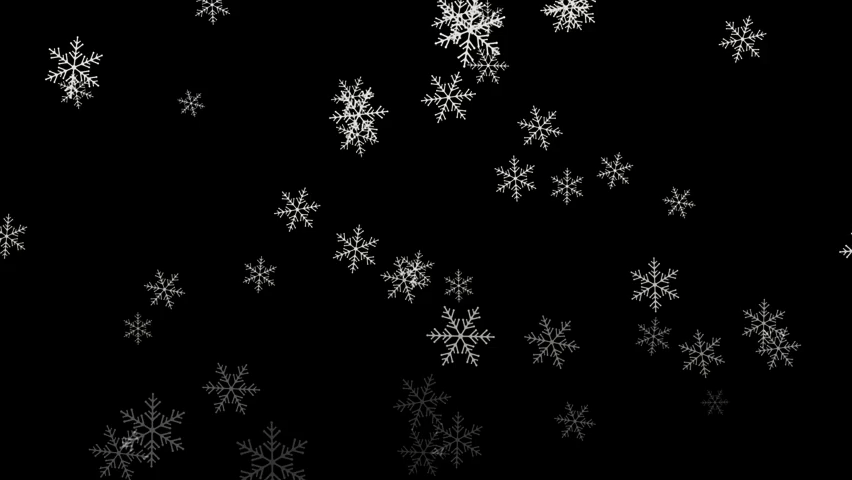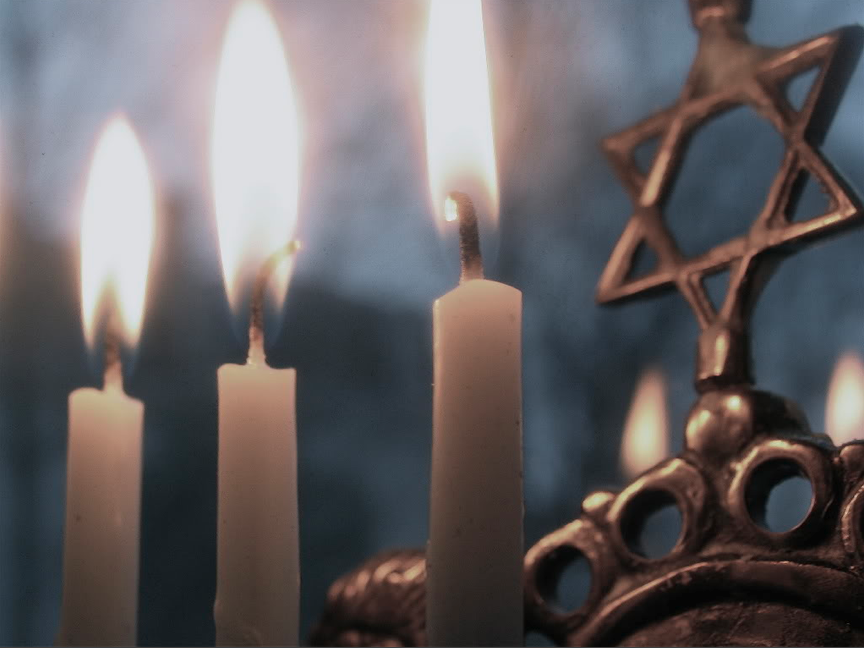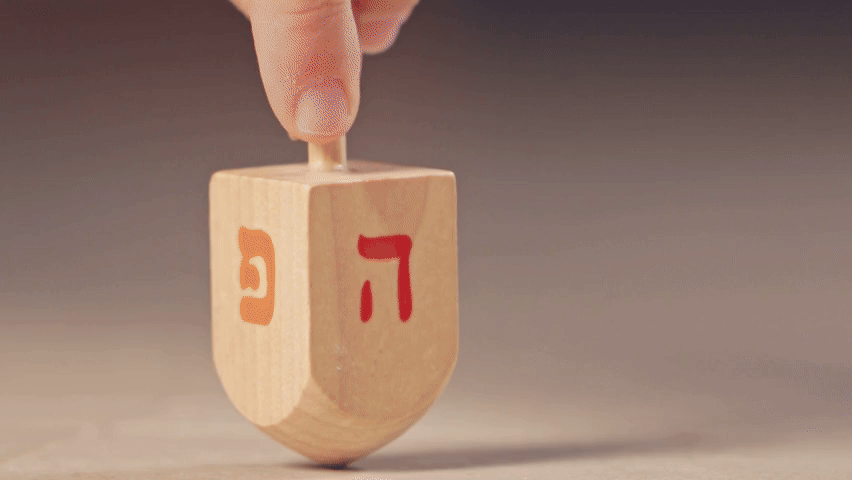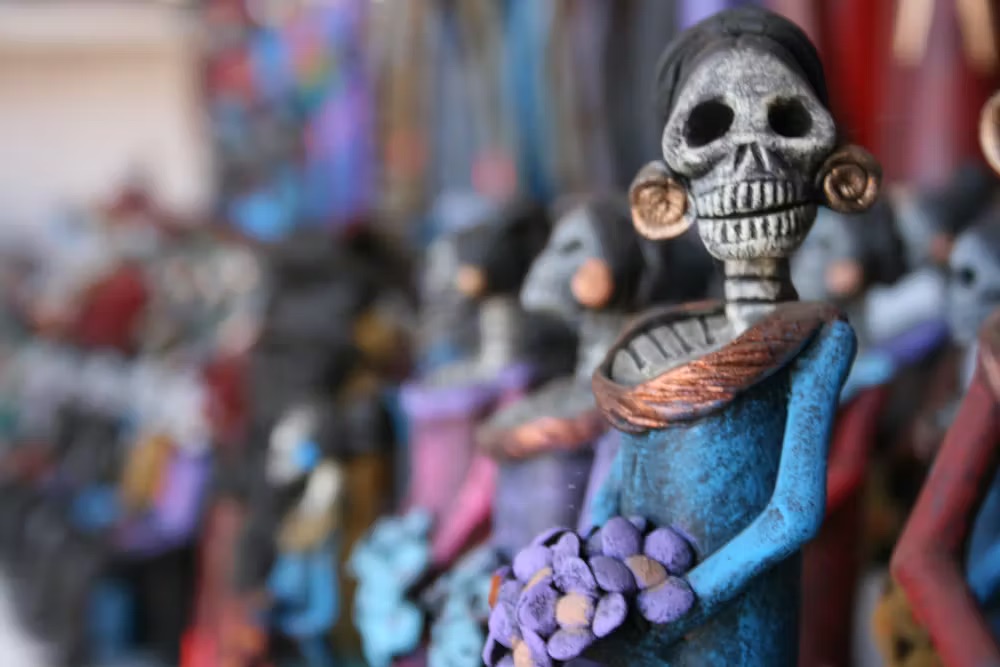
Día de los Muertos
A Cultural Guide for Educators
Target Audience: K-5th Grade Teachers and Educators
Purpose: To provide accurate, culturally respectful context for classroom discussions and activities celebrating Día de los Muertos.
Día de los Muertos (Day of the Dead) is a vibrant Mexican celebration that honors deceased loved ones on November 1st and 2nd. Unlike Halloween, which focuses on scary themes, Día de los Muertos is a joyful reunion between the living and the dead—a time when families believe their departed relatives return to celebrate with them.
Indigenous Roots
Día de los Muertos traces back to the indigenous peoples of central and southern Mexico, particularly the Aztec civilization. Long before Spanish colonizers arrived in 1519, the Aztecs honored Mictecacihuatl (meek-teh-kah-SEE-waht-l), the goddess of death and the underworld.
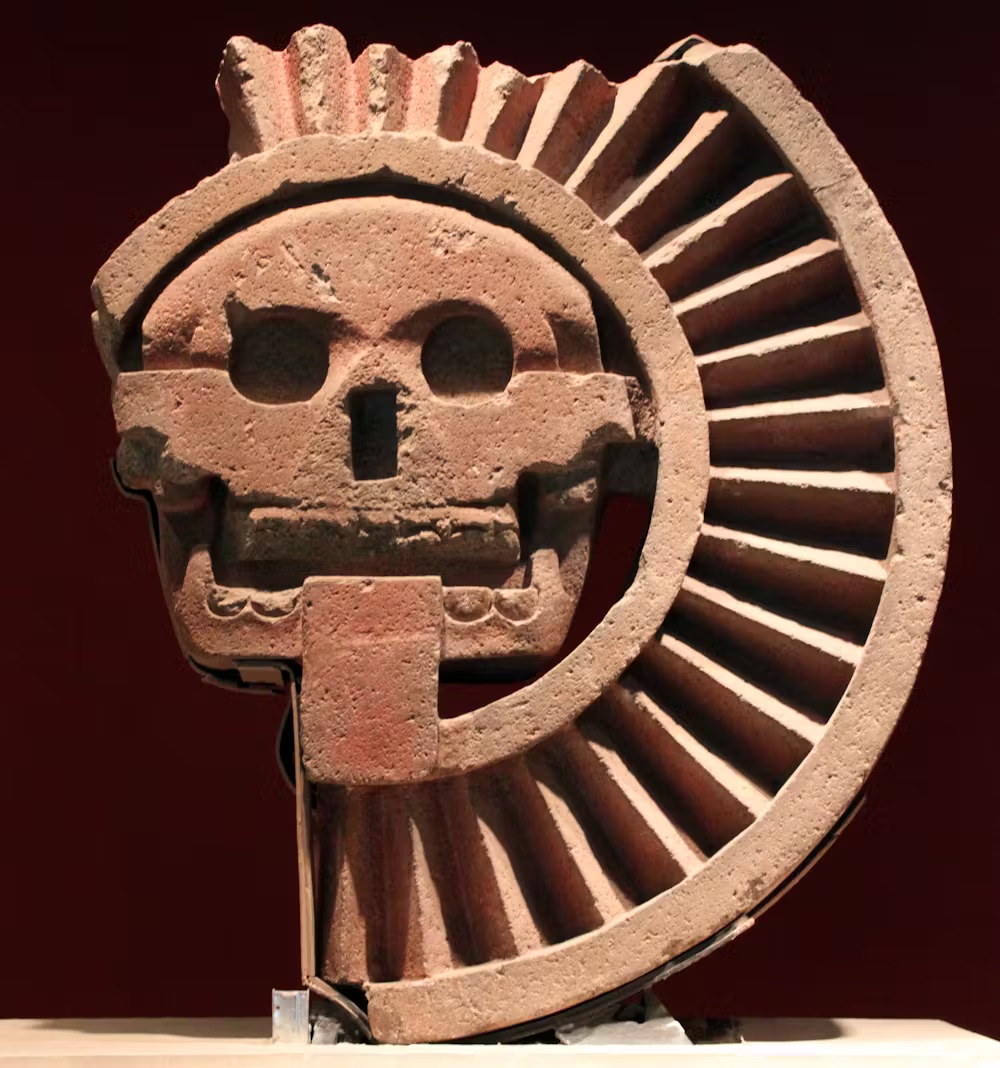
Mictecacihuatl’s underworld husband, Mictlantecuhtli, was also depicted in skeletal form. (Photo: Anagoria/National Museum of Anthropology of Mexico, CC BY-SA)
- The Aztecs celebrated Mictecacihuatl for an entire month (roughly late July to early August in our calendar)
- Aztec mythology taught that Mictecacihuatl and her husband collected bones to return them to the living world for restoration
- The Aztecs buried their dead with food and precious objects to appease these underworld deities
- This celebration existed for many centuries, possibly originating with the Toltec people even before the Aztec empire
Cultural Blending: Spanish Colonial Period
When Spanish conquistadors invaded Mexico in the early 1500s, they attempted to eliminate indigenous religious practices. However, Mexican indigenous peoples resisted by blending their traditions with imposed Catholic practices—a phenomenon that shaped modern Mexican culture.
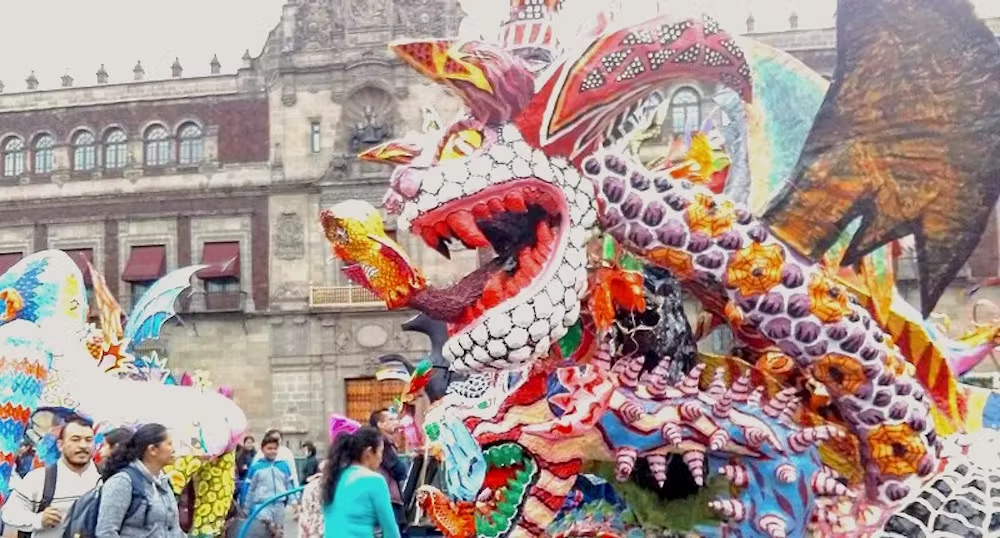
Mexico City’s annual Day of the Dead parade features floats of alebrijes, or spirit animals. (Photo: Juancho Lorant/Wikimedia, CC BY-SA)
The Compromise:
- Spanish colonizers moved the indigenous death celebrations from summer to early November
- This timing aligned with the Catholic holidays of All Saints’ Eve, All Saints’ Day, and All Souls’ Day (collectively called Allhallowtide)
- The holiday became nominally Catholic, but many indigenous practices remained
- This cultural synthesis is what we celebrate today as Día de los Muertos
Traditional Elements with Indigenous Origins:
Ofrendas (Altars)
- Home altars decorated to welcome deceased loved ones
- May have originated from pre-Hispanic household altars used for rituals and ancestor communication
- Contain offerings: favorite foods, drinks, photos, and personal items of the deceased
Cempasúchil (Mexican Marigolds)
- Vibrant orange flowers that bloom in fall
- Aztec name: cempasúchil
- According to myth, their sweet smell awakens and guides the dead home
- Used to decorate altars, graves, and create pathways
Calaveras (Decorative Skulls and Skeletons)
- Artistic representations of skeletons enjoying the afterlife
- Roots in Aztec depictions of gods in skeletal form
- Not meant to be scary—they’re celebratory and often whimsical
- Sugar skulls are handmade treats decorated with colorful icing
Pan de Muerto (Bread of the Dead)
- Special sweet bread prepared for the holiday
- Often shaped to represent bones
- Shared among families and left as offerings
Alebrijes
- Fantastical, colorful spirit animals
- Featured prominently in Disney/Pixar’s “Coco” (2017)
- Part of Mexico City’s massive annual parade
What Families Do Today:
📹 Educational Video: Traditional Altars (Ofrendas)
Watch this educational video created by California State Parks showcasing traditional altars set up for Day of the Dead
Video Link: https://youtu.be/evtjrPuSUkw
This video provides an authentic look at how families create and decorate ofrendas to honor their loved ones
October 31st: Families often begin celebrations with overnight vigils at gravesites
November 1st: Traditionally honors deceased children (Día de los Inocentes or Día de los Angelitos)
November 2nd: Honors deceased adults
Throughout these days, families:
- Clean and decorate graves with marigolds and candles
- Build ofrendas in their homes
- Share stories and memories of departed loved ones
- Prepare favorite foods of the deceased
- Celebrate with music, dancing, and community gatherings
DO:
- Emphasize that this is a meaningful cultural tradition, not a costume party
- Explain the historical context and indigenous origins
- Highlight the celebration’s focus on love, memory, and family connection
- Use authentic resources and perspectives from Mexican and Mexican-American communities
- Connect to universal themes: all cultures have ways of remembering loved ones
- Invite families who celebrate to share their traditions (with their permission)
- Acknowledge regional variations—Día de los Muertos is celebrated differently across Mexico
DON’T:
- Treat Día de los Muertos as “spooky” or scary
- Conflate it with Halloween
- Use it as merely a craft project without cultural context
- Appropriate sacred symbols without understanding their meaning
- Assume all Latinx students celebrate or identify with this tradition
- Present a monolithic view—Mexican culture is diverse
Respectful Classroom Integration:
For Literature Connections:
- Use age-appropriate books that accurately represent the tradition
- Look for #OwnVoices authors (Mexican and Mexican-American writers)
For Art Activities:
- Provide cultural context before any craft activity
- Explain the symbolism of colors, marigolds, and calaveras
- Make personal memory activities rather than appropriating sacred objects
For Cross-Cultural Learning:
- Compare how different cultures honor deceased loved ones
- Discuss how your students’ families remember people who have passed
- Emphasize respect for diverse traditions
Misconception: “Día de los Muertos is Mexican Halloween”
Reality: These are completely separate holidays with different origins—one from pagan/Christian European traditions, one from indigenous Mesoamerican beliefs
Misconception: “It’s a sad or scary holiday”
Reality: It’s joyful! Families celebrate life, share happy memories, and believe their loved ones return to party with them
Misconception: “Those skulls are creepy”
Reality: Skulls and skeletons have deep indigenous significance in Aztec culture, where many gods were depicted as skeletal. They represent the cycle of life and death, not fear
Misconception: “All Mexicans/Latinx people celebrate this the same way”
Reality: Celebrations vary by region, family, and personal beliefs. Some Mexican-Americans may not celebrate it at all
Social Studies:
- Understanding cultural traditions and their historical origins
- Exploring cultural diffusion and synthesis
- Examining pre-Columbian civilizations
- Recognizing the impact of colonization on indigenous cultures
Language Arts:
- Reading culturally authentic literature
- Understanding symbolism and metaphor
- Comparing and contrasting traditions
- Respectful representation of diverse perspectives
Art:
- Exploring cultural art forms and their meanings
- Understanding the role of visual symbols in culture
- Creating meaningful personal expressions about memory and family
Life Skills and Grief:
- Processing feelings about loss and remembrance
- Understanding different cultural approaches to grief
- Building empathy across cultural differences
- Celebrating family connections and traditions
For Younger Students (K-2):
- How do families in your class remember people who are special to them?
- What are some ways different families celebrate important days?
- Why do you think families in Mexico use bright colors and flowers for this celebration?
For Middle Elementary (3-4):
- How did indigenous Mexican traditions blend with Spanish Catholic traditions?
- What can we learn about Aztec beliefs from how they honored Mictecacihuatl?
- How is remembering loved ones with joy different from feeling sad about loss?
For Upper Elementary (5th):
- How did indigenous Mexicans resist cultural erasure during colonization?
- What does Día de los Muertos teach us about different cultural perspectives on death?
- How do historical events shape the traditions we celebrate today?
For Accurate Information:
- Consult Mexican and Mexican-American cultural organizations
- Review materials from anthropology and history scholars specializing in Mesoamerican cultures
- Use museum resources from institutions with strong Latin American collections
For Family Engagement:
- Create optional activities that invite families to share their own remembrance traditions
- Provide resources in Spanish and English
- Be mindful that not all Latinx families celebrate this tradition
Source Attribution
This guide incorporates research and information from:
Farah, K. (2019, October 25). Day of the Dead: From Aztec goddess worship to modern Mexican celebration. The Conversation. Retrieved from https://theconversation.com/day-of-the-dead-from-aztec-goddess-worship-to-modern-mexican-celebration-124962
This article is republished from The Conversation under a Creative Commons license, which allows for educational sharing and adaptation with proper attribution.
Final Thoughts for Educators
Día de los Muertos offers a beautiful opportunity to teach students about cultural respect, historical complexity, and the universal human experience of remembering those we love. By providing accurate context and approaching the celebration with cultural sensitivity, you help students develop deeper understanding and appreciation for Mexican cultural heritage.
Remember: When in doubt about cultural accuracy, consult with Mexican and Mexican-American community members, families, and scholars. Authentic representation matters.

